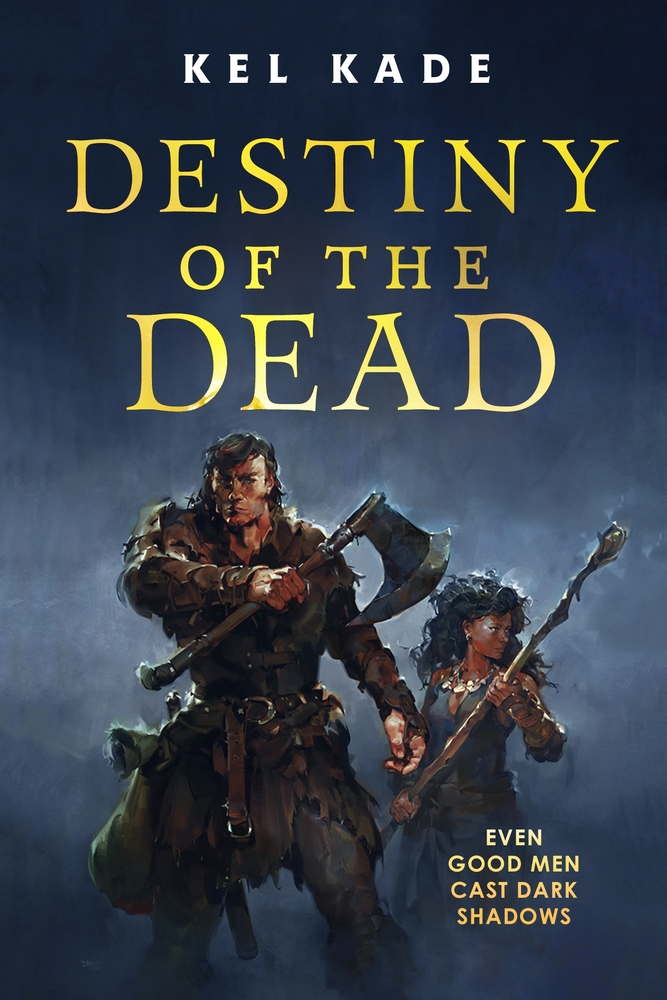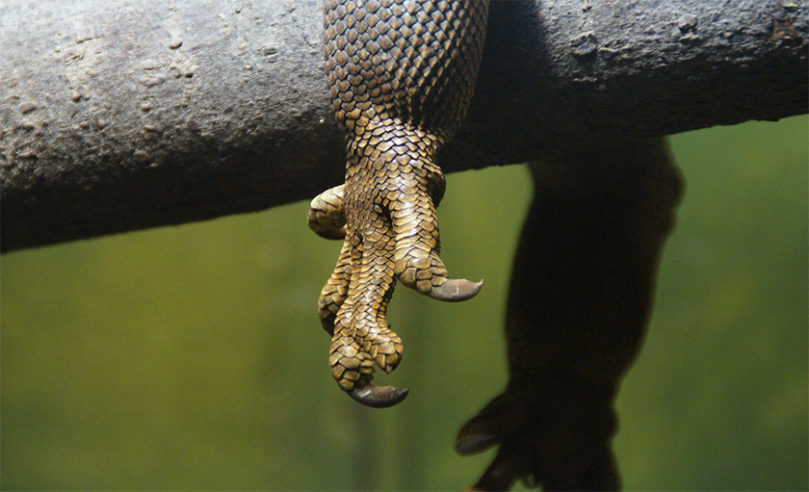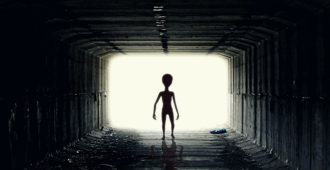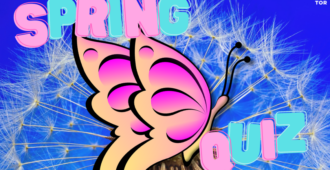
Question: If you could replace your human body parts with dragon parts, would you? Kel Kade, author of Fate of the Fallen and Destiny of the Dead, weighs in with the pros and cons of embracing your best scaly self. Check out Kel’s thoughts here!
By Kel Kade
The practice of splicing, the act of magically replacing the body parts of one animal with those of another, is highly regulated. To magically replace those of a human host with any body part besides that of another human is strictly forbidden. We all know this. So it has been since the dawning of the Council of Magi.
We have also all heard the rumors about men with horns or women with scorpion tails or, perhaps most intriguingly, the infamous dragon man. In this study, we examine the relationship between dragon and man, the nature of a dragon-man chimera, and the physiological, ideological, and ethical ramifications of such a union.
The gravity of the topic of human splicing can best be relayed by the severe penalties incurred for such an infraction, which may range anywhere from the binding of one’s powers for a set term to termination of those powers altogether, not to mention imprisonment and the incursion of serious financial damages. With such a fragmented and polarized council, it is any wonder that these policies have been voted on and upheld unanimously against every challenge and for good reason.
Human splicing has a long and dark history, one that was thought best hidden for centuries before being brought to light to be used, as it is today, to demonstrate the need for such dissonant treatment. Although these inhumane practices were conducted long ago, beyond even the memories of our elders, the evidence of these atrocities can be seen today all around us in the structures of our buildings and the endless stretches of roads to our variable cuisine.
Humans of the past were spliced with beasts of burden from weathered pack horses to overburdened oxen to messenger birds, all for the benefit of regular people, to make their lives easier. Most of those experiments failed to thrive or were so twisted and demented that they had to be terminated. Only about one out of a hundred survived to serve their intended purpose. Although people of the time enjoyed the benefits of having beasts with human minds, these beasts were not treated as human. No, in fact, they were considered to be of lesser value than a purebred animal of equal station, and that was for the simple fact that although they had the audacity to claim human heritage, they were, in fact, inhuman.
The apprehension with which chimera were treated was not undeserved. In fact, it was due to their inherently unpredictable and often appalling natures that the practice was ultimately ended. Just as a spliced body becomes both human and animal, a magically spliced human mind does not remain purely human. When a body part, a severed limb, for example is magically spliced with a human body, neither the physical nature nor intrinsic nature remain with that limb. Just as the human’s nature changes the limb to become more human-like, the limb changes the human.
Within the foreign flesh and blood is knowledge and memory—that of the animal from which it came. The natural instincts, desires, and behaviors of the animal become engrained in the human, at times becoming dominant. Predator/prey relationships may become confused, and the moral and ethical qualms which drive the human may conflict with the baser instincts of the animal. Military trials early on concluded that highly predatory or magically inclined creatures should not, for any reason, be spliced with humans because dragons, unlike their bovine prey, cannot be controlled.
As demonstrated by recent events, dragons provide for a unique study in human splicing. In fact, the dragon’s heart has long been sought after for providing a human host with unique abilities including the development of a deep connection with the dragon from which the heart, or a piece of which, was harvested.
Our recent case-study, however, demonstrates that the essence of a dragon is contained not within the heart, but it suffuses every drop, fiber, and bone of the beast. Likewise, the magic that sustains its massive presence, the fluidity of its flight, and its blistering inferno lives innately within the beast’s entirety. Therefore, whether it be an arm or a heart or a little toe, to transfer a piece of the dragon to a human is to transfer the dragon itself. Should the beast continue to live, then, an unbreakable, and unbalanced bond is formed between dragon and man. In our case-study, as the beast perished, its life essence was transferred to the new human host in whole, which induced a pluralism of mind, body, and soul.
The case in point involves a human man whose arm was replaced with that of a dying dragon when his own arm became irreparably damaged. The splice was performed by an inadequately trained magus whose desperation outweighed sense. The spell used was intended to sync the essence of a human limb to a human body, and as such, it was designed to force the maximum bonding of the two at the most basic levels.
During the splicing, the human body sufficiently transformed the dragon arm to a suitable size and structure, but the adverse effects of the inverse bond slowly progressed over several months. Scales grew across one side of the man’s torso and up his neck, and one of his eyes was ultimately replaced by that of a dragon. One particular disadvantage for the man was the timing—spliced humans did not exist at this time—and the fact that his world was under attack by terrible creatures. Although he was different from these creatures, he seemed just as monstrous to his fellow humans, and he was often mistaken for the enemy and even attacked.
Not all was terrible for the man, however, and, in fact, his differences saved his life on more than one occasion. His scales were hard and strong, deflecting the strongest steel and sharp projectiles. They also retained the fire-proof quality of the dragon’s hide. His claws were sharper and stronger than daggers, and the overall strength of his dragon limb was several times that of his human arm. His dragon eye, it turned out, was equally useful in that it allowed him to see the heat that emanated from a living body and provided a form of night vision. The man found that he could, with practice, easily switch between the two visions and eventually combine them for a greater understanding of his environment.
With the dragon’s body also came the dragon’s power. While the man was capable of resisting flames, he found that he was also able to generate them with the same torrential heat of his beastly donor. The dragon’s naturally sharpened senses increased those of the human, which, when combined with the magical ability, allowed him to track and defeat enemies with brutal accuracy and ease.
However, while the human gained use of the limb and magic, the limb and magic—and therefore the dragon—gained use of the human. The man struggled to suppress the dragon’s fury and the instincts of an unmatched predator. That which drove the dragon threatened to consume the human. While a dragon-human chimera may seem like the perfect super-soldier, the intelligent rage of a dragon is every bit a match for the human’s calculating intellect. To splice a human and dragon is to ignite a war between two apex species that is only superficially contained within a single body.
Kel Kade lives in Texas and occasionally serves as an adjunct college faculty member, inspiring young minds and introducing them to the fascinating and very real world of geosciences. Thanks to Kade’s enthusiastic readers and the success of the King’s Dark Tidings series, Kade is now able to create universes spanning space and time, develop criminal empires, plot the downfall of tyrannous rulers, and dive into fantastical mysteries full time. Destiny of the Dead, the second book in The Shroud of Prophecy series, comes out from Tor Books on 11/09/21.
Pre-order Destiny of the Dead Here:











